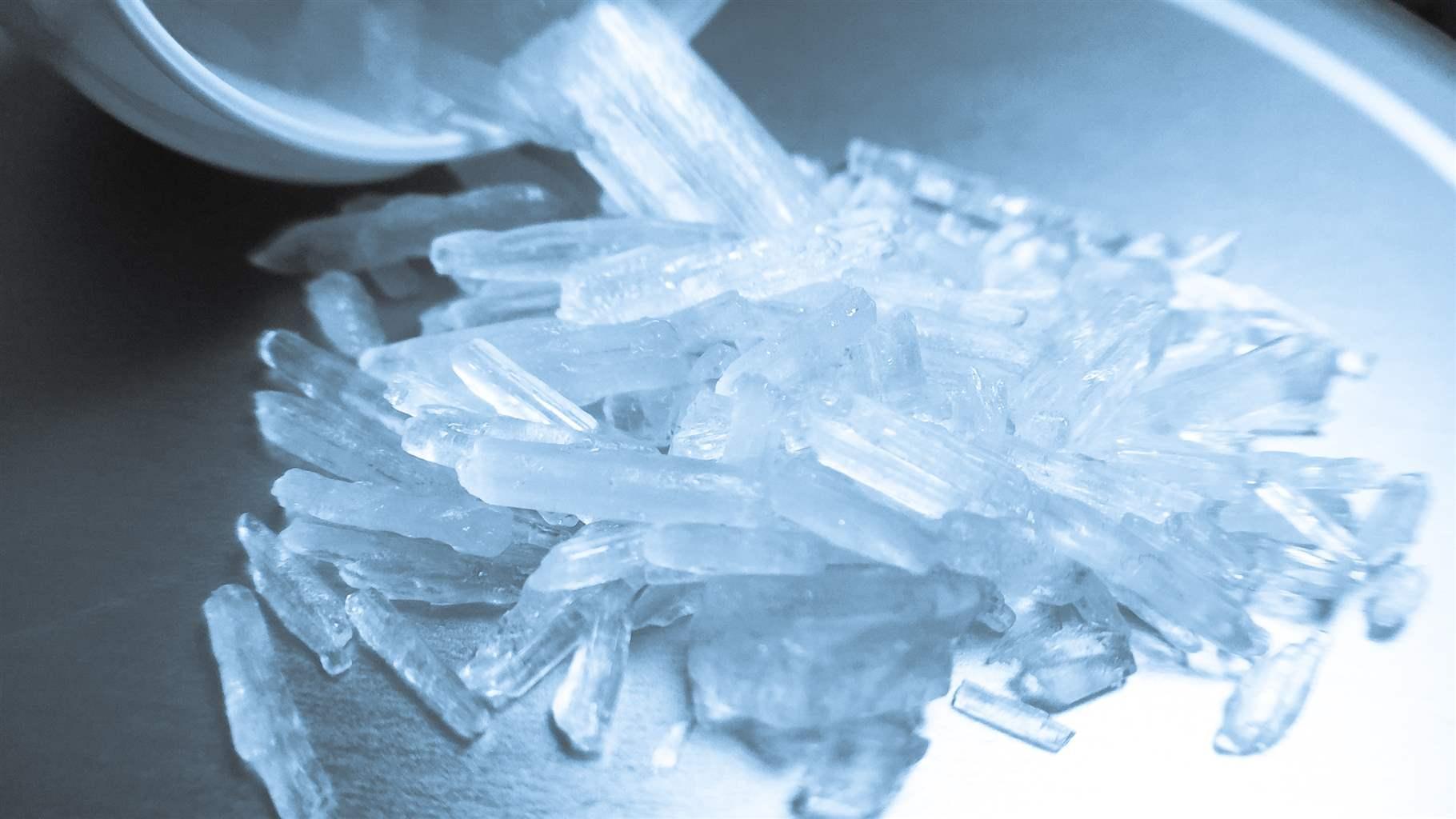What Is the Meth Rehab Success Rate
There’s no definite number as to the success rate of methamphetamine rehab since it differs from one person to another. Besides that, the things happening around them after completing rehab also makes a huge impact on their sobriety.
Are you interested to know how effective rehab can help you recover from meth addiction? You’re in the right place as we’re going to tackle rehab success rate, and the factors affecting the sobriety of patients completing their treatment.
How Effective is Rehab for Treating Meth Addiction?
Around 40 to 50 percent of patients completing their rehab have retained their sobriety for the first year. In the second year, around 30 to 40 percent of them maintained a drug-free life. But these numbers change depending on the patient’s way of life. The people around him and the things he does daily matter most in keeping his sobriety.
The success rate of recovering from meth addiction is higher for those who have completed their rehab program. Their foundation of keeping themselves clean is stronger than those self-medicating at home. If you’re going to enroll in rehab, the first step will be detox. Patients who have faithfully followed their detox and treatment plans have a 33 percent chance of staying sober for the next three months.
Based on case studies from various rehab centers, 33 out of 100 patients have successfully stayed clean for three months. This number reduces to 14 to 20 after a year, and then only 6 to 10 of them will retain sobriety for three years.
These results show that patients who have completed their rehab and detox have a higher chance of being sober for life. But rehab alone is not enough to guarantee that a patient won’t go back to using meth since there are many factors affecting his sober life. Staying away from triggers and living a healthy life is as important as rehab in helping a patient stay drug-free for life.

What are the Statistics for Meth Addiction Treatment?
Overcoming meth addiction is not easy, yet with proper guidance and help from a trusted rehab center, you can overcome it. We are done looking into the success rates of rehab in helping patients with methamphetamine addiction problems, now, let’s look at how serious this problem is.
- The average age of meth users is 19 years
- Around 1.2 million abused this drug last year
- 133,000 individuals were reported to abuse this substance this year
- Around 1 to 2 percent of the population of rehab patients are in the 12th, 11th, and 10th grades
How Can You Live a Meth-Free Life
Enrolling in formal treatment is important as it strengthens your foundation of staying away from addiction. But what happens after rehab is another chapter to unveil since a lot of things can happen for a short period. For you to stay sober, here are some strategies you can consider:
Functional Magnetic Resonance Imaging (fMRI)
A patient diagnosed with meth addiction is advised to undergo fMRI since it helps their doctor measure their brain function. It helps the doctor predict the chance of relapse to happen. Meth is a strong substance that can damage the nerves in your brain, so by scanning your brain using fMRI, your doctor can better understand how your central nervous system is processing in real-time.
It will also be easier for medical professionals to know which of their patients has a higher risk of relapsing. They can administer therapies and medications that will reduce relapse.
12-Step Program
A patient can enroll in Crystal Meth Anonymous to supplement one’s foundation of staying clean for life. Through this 12-step program, the patient accepts his condition and the presence of higher authority that will help him recover from addiction.

SMART Recovery
Through this process, addiction is treated as an unhealthy behavior rather than a disease. The patient will undergo a series of behavioral therapies to help him reshape his habits leading to a healthier life.
Continued Counseling or Therapy
When you’re inside the rehab center, you will receive individual and group therapies, yet it will stop by the time you complete your program. But you can always decide to continue receiving therapy even outside the rehab center.
Cognitive behavioral therapy (CBT) is one of the best therapies you can get to help you stay on track to living a healthy life. CBT helps you understand your unhealthy behavior and how you can positively cope with it. By letting you know the signs that you’re about to relapse, you can find ways to counter it. This increases your chance of staying clean for life.
Reward System
Applying Contingency Management even after you’ve graduated from rehab is still viable. It helps you stay motivated not to use meth again. It’s not easy to stay away from triggers and resist cravings, so it’s also good to reward yourself for doing a great job.
Be with good people
The people around you influence your way of life. If you want to stay clean, you need to be with people who don’t use meth and those that don’t drink alcohol. A good influence will motivate you to stay sober.
You can also learn new skills that will help divert your attention from craving the drug. Besides that, you can also join community services that will enable you to engage in helping others. This will boost your morale to living a healthy life.
Conclusion
We hope we have helped you understand the success rate of rehab in helping patients abusing methamphetamine. Relapse will still happen even if a person completes his rehab program. Rehab is not a guarantee but it can greatly help you or any patient have a solid foundation on how to stay sober. Even if you complete rehab, it’s still best to live a healthy life away from triggers and peers that can influence you to go back to addiction.
